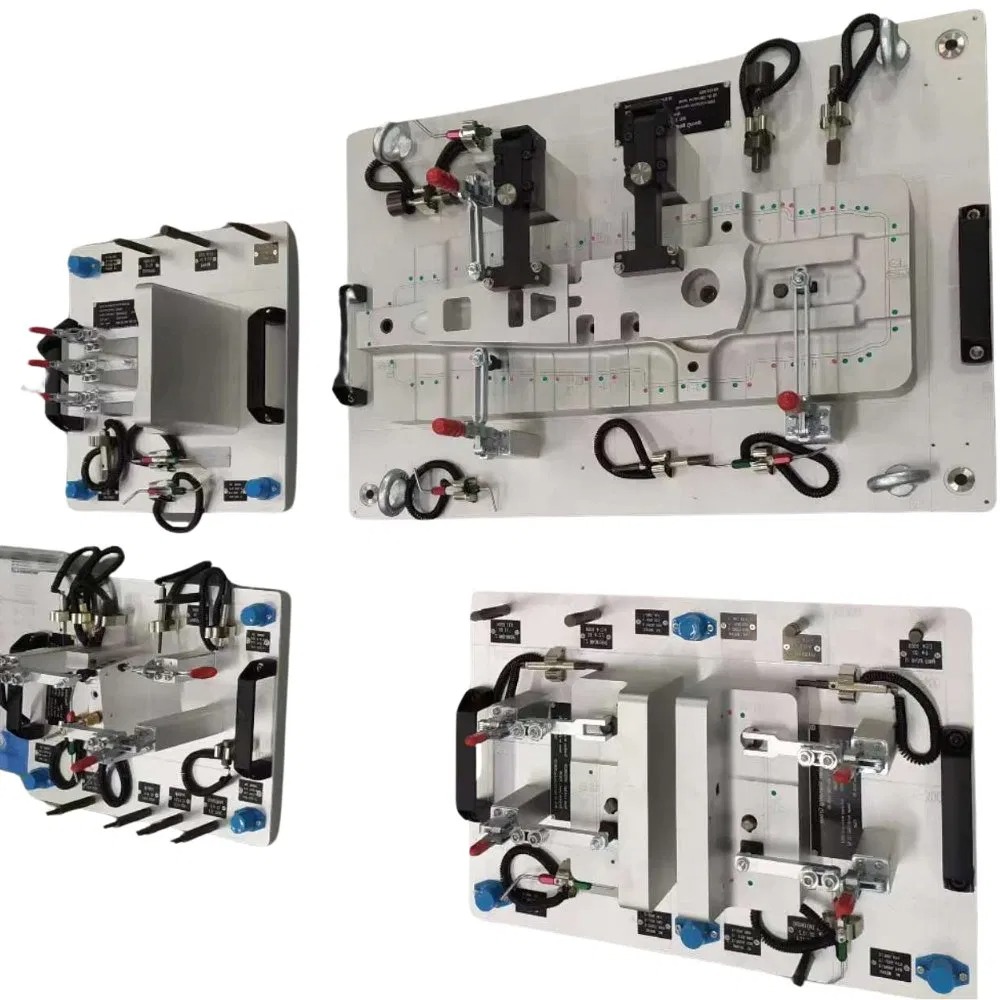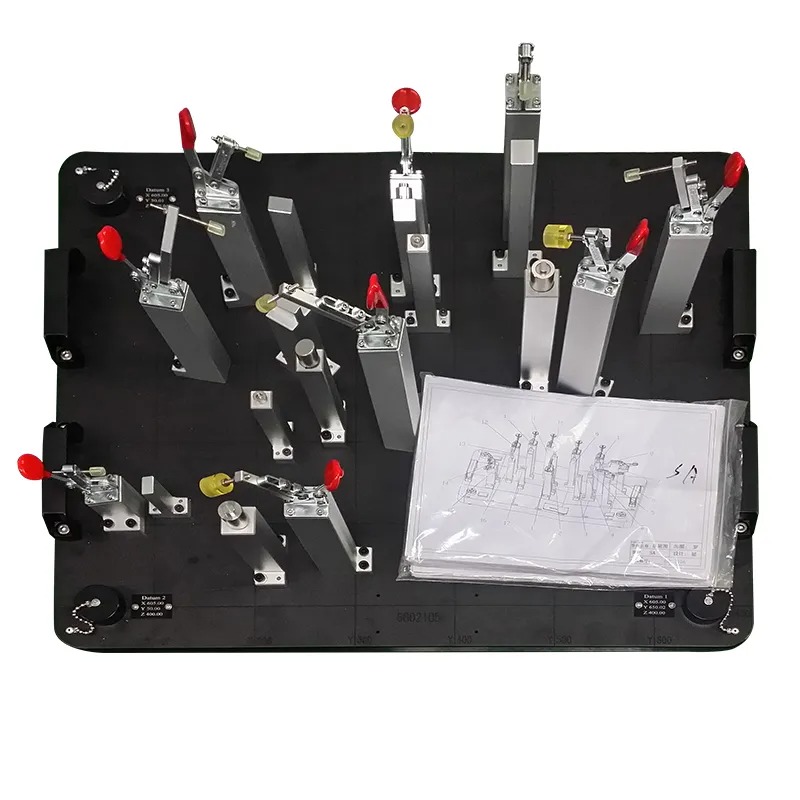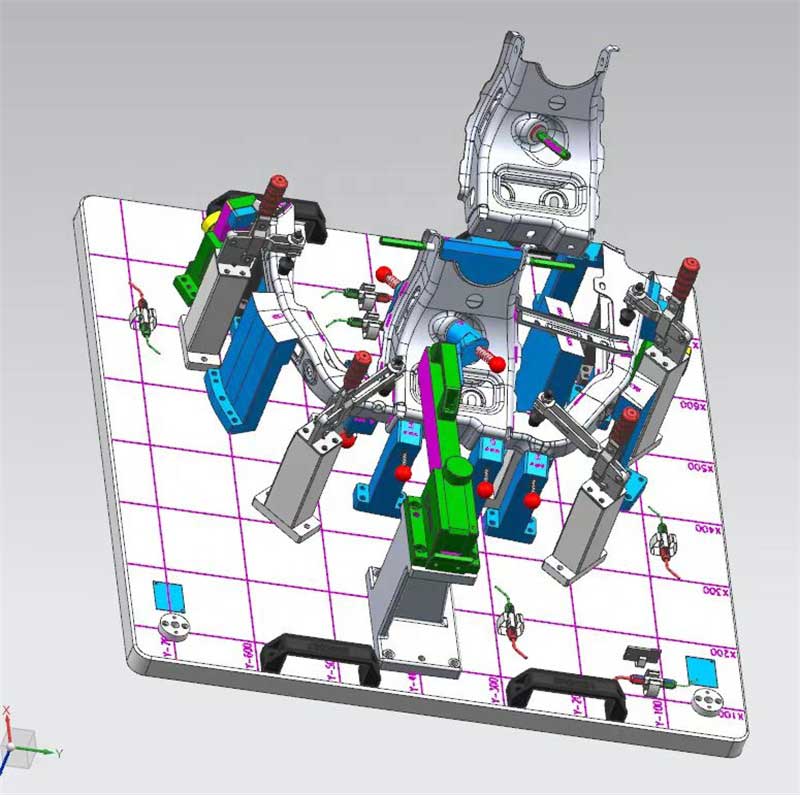Phone:
+86 13828 600940
Physical address:
No.8Liyuan Road, Bogang community, Shajing Street Baoan District, Shenzhen, China

Automotive Gauges should adhere to several fundamental guidelines during design:
(1)Standardization: Gauges should comply with both national and enterprise standards when designing them, taking into account product drawings and technical requirements.
(2) Modularization: To facilitate maintenance and replacement, measuring tools should feature an easily replaceable modular structure for easy component replacement. This also makes them cost-efficient as they reduce downtime during service visits.
(3) Precision: For accuracy in product dimension detection and positional tolerance detection, measurement accuracy should exceed design requirements of the gauge.
(4) Stability: For optimal testing results, measuring tools must feature solid structural stability to avoid errors caused by external influences during testing processes.

(1) Understanding the Product: In order to fully comprehend a product, one must fully comprehend its design requirements, structural features, materials and processes.
(2) Plan Your Tests: Based on product characteristics and design requirements, create a reasonable testing plan, including testing items, methods, sequence and timelines.
(3) Construct an Inspection Tool: Utilizing your inspection plan as a guideline, create the structural form and dimensions for an inspection tool that fits together well. Each component needs to have space between it and any others for easy movement during inspections.
(4) Select Appropriate Materials: Select materials appropriate to the structure and purpose of the gauge to ensure its strength, stiffness, and durability.
(5) Create Process Flow: Based on the structure and materials of an inspection tool, develop an efficient process flow, including processing methods, sequences, heat treatment treatments, and any necessary links.
(6) Precision Testing: When the manufacturing of the measuring tool is complete, precision testing must be conducted to verify that its measurement accuracy meets design specifications.

To take an actual product as an example, introduce specific methods and optimization strategies of gauge design.
Product Overview: Gauges are automotive components designed with specific sizes and shapes in mind. When creating gauges, accuracy must be ensured in their detection of multiple parameters and performance indicators of the product being gauged.
Testing Plan: When designing a testing plan, it is necessary to take into account key dimensions and positional tolerances of the product such as length, width, height, parallelism and perpendicularity. Furthermore, your plan should encompass testing items, methods, sequence and any additional contents necessary.
Gauge Structure Design: Starting with your testing plan, design the structural form of the gauge. Based on product requirements and characteristics, choose either a split type gauge structure to make replacing damaged components easier; while at the same time ensuring rigidity and stability for accuracy during testing processes.
Materials Selection: When considering the structure and purpose of the gauge, high-grade carbon structural steel may be chosen as its main material to increase strength, stiffness, and durability.
Process Flow: Formulate a suitable process flow that corresponds with the structure and materials of an inspection tool. Steel must first be cut and roughly processed, before going through heat treatment to alleviate internal stresses before precision machining and assembly debugging are conducted.
Precision Testing: Once the machining of the measuring tool has been completed, precision testing should take place. High precision measuring instruments should be utilized to detect various parameters of the gauge to ensure its measurement accuracy meets design requirements. If an unqualified inspection tool is found, either further adjustments or scrapping must be undertaken immediately.

For increased effectiveness and production efficiency of inspection tools, various optimization strategies may be employed:
(1) Decrease the number of components and assembly time while maintaining measurement accuracy.
(2) Adopting modular design makes it simple and quick to replace damaged components quickly.
(3) Optimize the structure design of an inspection tool in order to increase its stability and service life.
(4) Choose advanced processing equipment and techniques to enhance processing accuracy and increase production efficiency.
(5) Strengthen maintenance and upkeep practices to extend inspection tools’ useful life.
This article reviews the fundamental principles and steps of gauge design, as well as specific methods and optimization strategies used for gauge design through practical cases. Gauge design plays an integral part in controlling product quality and increasing production efficiency; designers need to continuously optimize structural design, material selection, process flow optimization to enhance effectiveness and production efficiency while meeting increasing market competition requirements through technological progress. Gauge design remains of great significance to improving both of these areas of business operation.